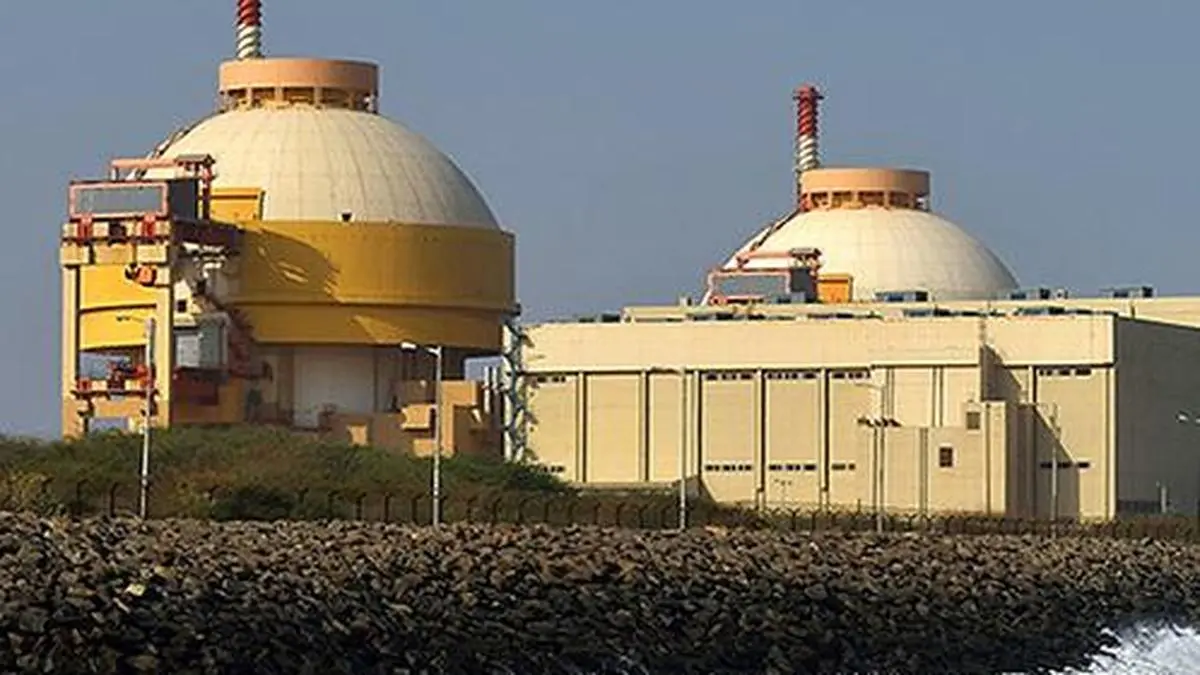This week was punctuated by two interesting developments. The bane of India’s inflation is higher oil prices, and typically that would be negative. However, while fundamentally the impact might still be negative, equity markets in India showed no signs of an oil price uptick-led nervousness, and marched higher through the truncated week. It was also interesting to note that the Reserve Bank of India’s Monetary Policy Committee did not hike rates despite oil prices being on an uptrend. There are reasons for both, and those form the core part of the key talking points this week.
The MPC surprised with a cautious pause, amid elevated uncertainties in the global economic environment. The MPC’s decision comes amid the surprise of an upward revision to real GDP growth and a downward revision to average CPI inflation in FY24. While earlier crude assumptions gave the leeway for the downward revision to inflation estimates, the street is divided on whether the RBI is again ahead of the curve on anticipating the global inflation downtick, or is this an error. And the bigger disagreement is that while the worst of the inflation is likely behind us, and people would broadly agree with the RBI’s FY24 inflation forecast of 5.2%, the revised GDP growth forecast of 6.5% in FY24 appears too optimistic. Most people believe that the MPC will be on an extended pause as it evaluates the evolution of growth-inflation dynamics. Implications can be higher bond prices, traction into rate sensitive sectors and lower discounting multiples for equities. Even real estate, which has suffered not from fundamental factors but in sentiment on the markets, there could be a revival on the same. An interesting observation from Jefferies is as following:
“Data from property consultants and visibly high activity in the premium housing market suggests record pre-sales are likely for majority of listed developers in the 4Q. Affordable segment could be slowing though as it bears the brunt of higher mortgage rates. ~11-year low inventory supports sector fundamentals and as rates peak soon, valuations are likely to be bottoming where GPL, DLF and Lodha are better placed.”
OPEC+ announced a surprise oil production cut of more than 1 million barrels a day, abandoning previous assurances that it would hold supply steady and posing a new risk for the global economy. It’s a significant reduction for a market where—despite the recent price fluctuations—supply was looking tight for the latter part of the year. Is this a move in anticipation of a further cut in demand despite China’s revival? Goldman Sachs raised the target prices on oil to $95 a barrel for December this year, and mentioned that the surprise cut is consistent with OPECs new doctrine to act pre-emptively because they can without significant losses in market share. Citi analysts believed that given extremely low managed money positioning, low open interest and high volatility, the markets can expect a price overshoot just as Fed tightening and banking turmoil led prices to fall two weeks ago far more than balances warranted. The prices surged Monday morning but promptly came off the highs.
Some people have argued that OPEC cutting supply is indeed a strong leading indicator of concerns around future demand. And if so, will the higher oil prices will act as an additional tax on consumers who are already pinched by higher goods prices, and could that only further dampen/destroy consumer demand? Time will tell.
A Bloomberg story read the following:
“Apple’s efforts center on India as a location for production of iPhones and accessories, Vietnam for AirPods and Mac assembly, Malaysia for some Mac production, and Ireland—where suppliers currently build the relatively easy-to-produce iMacs—for a range of simpler products. Managers in Apple’s operations department have instructed employees to focus on sourcing additional components and locating production lines outside China for more new products coming in 2024, though the company also plans to retain extensive operations in the country.’
In line with that, we saw the first glimpse of the first Apple store in India at Jio World Drive in BKC, Mumbai. It is an moment to look forth for thousands of Apple fans, and much as people may wonder what is the big deal about an Apple store, die-hard afficionados of the company will contest that feeling. Yes, it may be difficult to beat the gorgeous Apple stores of places like Singapore or New York, but the start of a string of Apple stores in India is sign of the importance that the Indian market now has for the world’s biggest consumer electronics company.
















